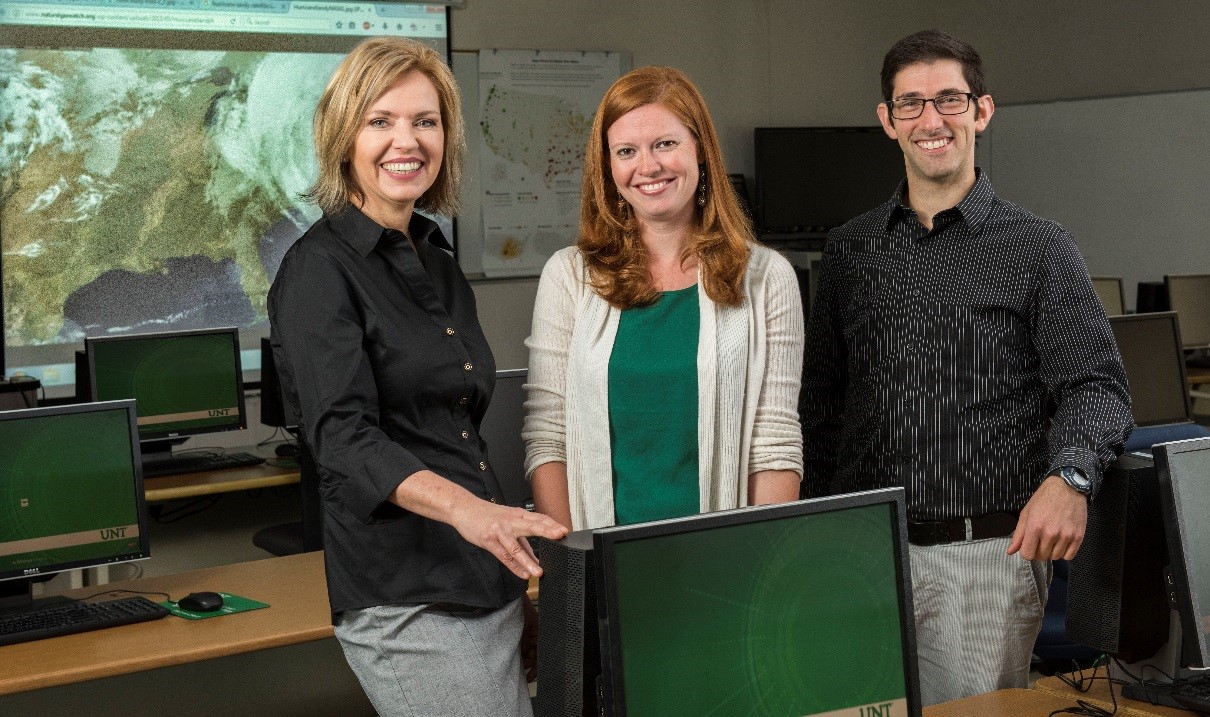
DENTON (UNT), Texas — This past October marked four years since Hurricane Sandy became the second-costliest hurricane in U.S. history when it hit the New Jersey coast, causing about $75 billion in property damage. Thousands of homes destroyed or heavily damaged by the storm have not been rebuilt, and many residents who evacuated have not returned to their communities
A research team from University of North Texas will determine why some communities recover from natural disasters more quickly than others, an effort aimed at addressing the nation's critical need for more resilient infrastructure and to enhance preparedness.
Laura Siebeneck, associate professor in UNT's Department of Emergency Management and Disaster Science, received a $2.5 million, four-year grant from the National Science Foundation with Purdue University faculty members Seungyoon Lee, Shreyas Sundaram and Satish Ukkusuri to focus on communities that were devastated by Hurricane Sandy.
Siebeneck and the other members of the UNT team — Ronald Schumann, assistant professor in the Department of Emergency Management and Disaster Science, and Britt-Janet Kuenanz, a first-year student in the doctoral program in public administration and management — will travel to New Jersey May 22-27 to conduct focus groups. Residents of Hazlet in Monmouth County and Seaside Heights, Tom's River and Tuckerton in Ocean County will provide information about when and if they evacuated during Hurricane Sandy, how long they were gone and what factors, such as repair of roads and restoration of electricity and internet service, led to their return.
Seaside Heights, an oceanfront community that doubles its population during the summer, received major damage from storm surge to its amusement piers and rides, including a roller coaster falling into the ocean. Tom's River received severe inland flooding, and Hazlet and Tuckerton had damage caused by both storm surge and flooding.
"We’ll be looking at not just factors that accelerated these communities' recovery, but also barriers to recovery and differences in recovery rates among communities," Siebeneck said. "Seaside Heights, for example, was a priority for recovery by Gov. Chris Christie, who wanted it to be ready for the tourist season the following summer. Tourism is a major industry in New Jersey, and restoring the shore was important for the economy."
However, recovery in other communities has been slow and difficult, and "this has been a major source of anger and frustration for many residents throughout the state," she added
"Better understanding of the relationships between individual and community recovery, along with factors such as jobs, monetary resources, family ties and strong social networks, that lead to more efficient recovery, is needed," she said.
Siebeneck and the other researchers will use information from the focus groups to form questions for a survey about recovery from Sandy. The survey will be sent in late summer or early fall to more than 1,000 residents of Atlantic, Ocean and Monmouth counties.
"We’re asking about an event that happened almost five years ago, so it may be hard for residents to remember details, but we're hoping they can remember where they were a few months after the storm, a year after and so on," Siebeneck said. She added that by determining factors that accelerate recovery and barriers to it, communities can determine the order of restoring services to encourage recovery.




